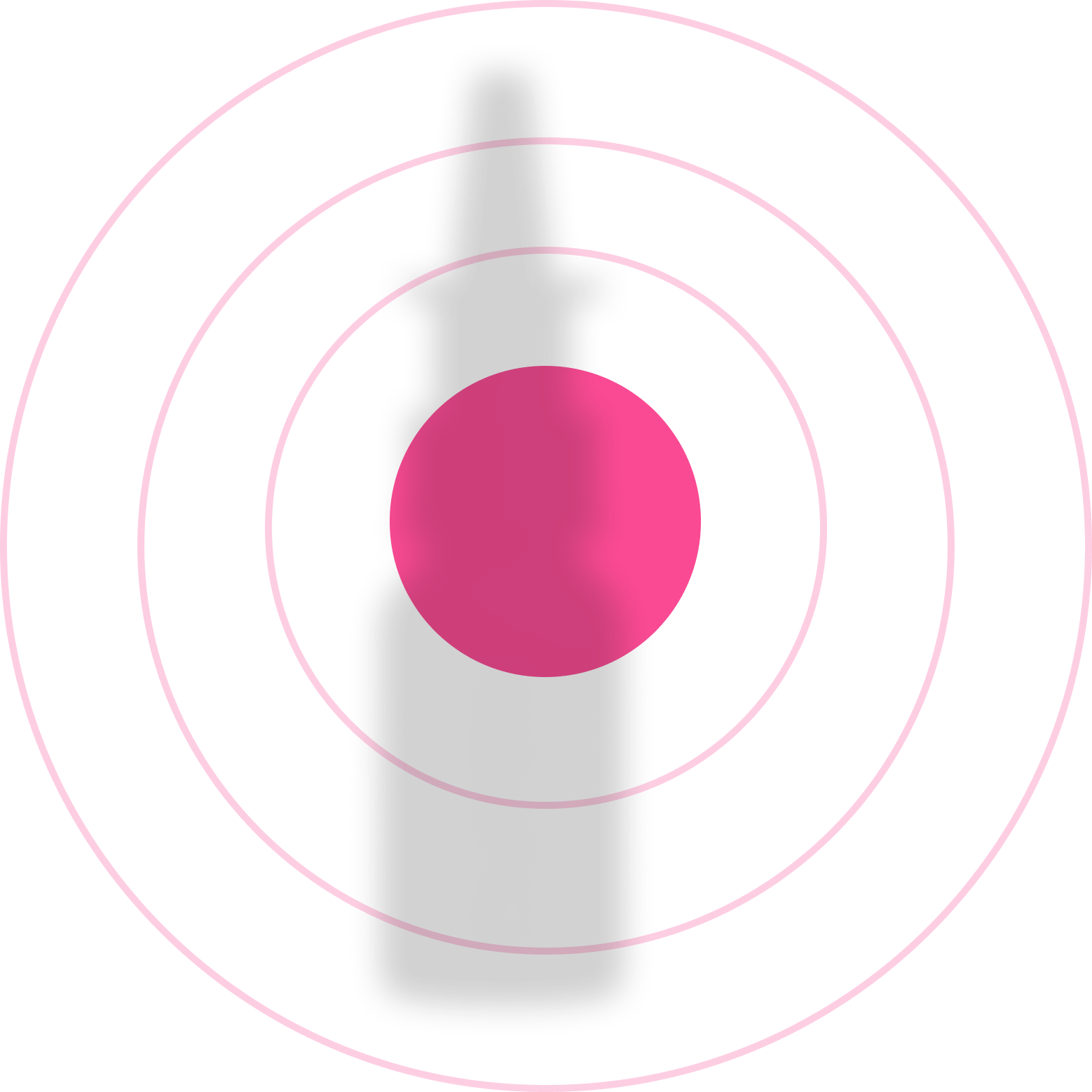
A modern clinic for at-home treatments
(857) 240-1080
Take Quiz
Get started with the most affordable immunotherapy for only $49 $9.99
Discount applied at checkout.


Curex does not treat this allergen










Dr. Chet Tharpe, M.D..
Updated May 3, 2025
These are common symptoms as your body responds to the invading allergens. You may experience frequent, uncontrollable sneezing and a clear, watery nasal discharge.
Allergic conjunctivitis is a common reaction to Acacia pollen. This inflammation of the membrane lining the eye causes redness, itchiness, and excessive tear production.
Acacia pollen can cause inflammation and irritation in the respiratory tract, leading to coughing, wheezing, shortness of breath, and in severe cases, asthma attacks.
Contact with Acacia pollen can result in allergic skin reactions such as itchiness, hives or eczema.
Being constantly exposed to allergens can cause a feeling of general fatigue, lack of energy or tiredness.
The body's response to Acacia pollen can also lead to inflammation and swelling of the sinus passages, causing pain and pressure, often accompanied by headaches.
Recognize your symptoms?

If you suspect you have an Acacia pollen allergy, you need to identify the common symptoms associated with pollen allergies, followed by recognizing your exposure to Acacia pollen. This process is best carried out with the assistance of a healthcare professional. Here are the key aspects to consider:
Identify Pollen Allergy Symptoms
Recognize Patterns and Environment Factors
Consult a Healthcare Professional
Remember that self-diagnosis can be inaccurate and risky. Always seek professional healthcare advice in case of any health-related concerns.



.jpg)
Don't wait until next season. Start now and enjoy a life free from allergies!
Am I eligible?




Acacia pollen levels are often highest during early morning and late afternoon. Therefore, try limiting outdoor activities during these periods and plan activities for when pollen counts are lower. Remember, pollen levels can also be higher on windy days when the wind can carry the pollen.
Keep windows and doors closed during the Acacia pollen season to prevent the pollen from entering your home. Regularly clean your living environment and use air purifiers or high-efficiency filters to trap pollen and prevent it from circulating in the air indoors.
When you need to go outside, wearing sunglasses can help protect your eyes from pollen. Additionally, wearing a hat can help prevent the pollen from getting into your hair. Once back indoors, it's a good idea to shower and change clothes to remove any pollen.
If you suffer from Acacia pollen allergy, it's recommended to consult with a healthcare professional about possible treatments. Over-the-counter or prescription medications, such as antihistamines and nasal corticosteroids, can help control allergy symptoms. Immunotherapy might be another option to consider.
Ready to forget about allergy hassles? Try immunotherapy!

Review your allergy test results with a Curex allergist.

Acacia Pollen Allergenic Potential
Compounds Triggering Allergic Reactions
Cross-Reactivity of Acacia Pollen
Have questions left?
Take our quiz and get a personalized consultation!

Treatment prescribed
by clinician


Clinicaly made allergen extracts are customized for your allergies


Your immune system gets desensitized to allergens, giving you long-term relief.
Get started with the most affordable immunotherapy for only $49 $9.99
Discount applied at checkout.


Acacia pollen allergy: Explore symptoms, avoidance tips, diet advice, plus when and where it grows in the US.










Dr. Chet Tharpe, M.D..
Updated July 9, 2025
gr.
Carbohydrates
gr.
Sugar
gr.
Fats
gr.
Proteins
Calories
These are common symptoms as your body responds to the invading allergens. You may experience frequent, uncontrollable sneezing and a clear, watery nasal discharge.
Allergic conjunctivitis is a common reaction to Acacia pollen. This inflammation of the membrane lining the eye causes redness, itchiness, and excessive tear production.
Acacia pollen can cause inflammation and irritation in the respiratory tract, leading to coughing, wheezing, shortness of breath, and in severe cases, asthma attacks.
Contact with Acacia pollen can result in allergic skin reactions such as itchiness, hives or eczema.
Being constantly exposed to allergens can cause a feeling of general fatigue, lack of energy or tiredness.
The body's response to Acacia pollen can also lead to inflammation and swelling of the sinus passages, causing pain and pressure, often accompanied by headaches.
Recognize your symptoms?

Understanding Acacia Pollen Season
The Acacia trees typically release their pollen during the late winter to early spring months, primarily from January through April. The timing can vary slightly depending on climatic conditions, with warmer regions starting their pollen season slightly earlier.
Recognizing Acacia Pollen Allergy Symptoms
Please consult with a healthcare professional if you experience these symptoms during Acacia's pollen season. Though many individuals experience relief once the Acacia flowering season ends and the amount of airborne pollen decreases, this may not be the case for everyone as people react differently to allergens.



.jpg)
Don't wait until next season. Start now and enjoy a life free from allergies!
Am I eligible?



Review your allergy test results with a Curex allergist.

Treatment prescribed
by clinician


Clinicaly made allergen extracts are customized for your allergies


Your immune system gets desensitized to allergens, giving you long-term relief.
Get started with the most affordable immunotherapy for only $49 $9.99
Discount applied at checkout.


Acacia pollen allergy: Explore symptoms, avoidance tips, diet advice, plus when and where it grows in the US.










Dr. Chet Tharpe, M.D..
Updated July 9, 2025

Allergic conjunctivitis is a common reaction to Acacia pollen. This inflammation of the membrane lining the eye causes redness, itchiness, and excessive tear production.

Understanding Acacia Pollen Season
The Acacia trees typically release their pollen during the late winter to early spring months, primarily from January through April. The timing can vary slightly depending on climatic conditions, with warmer regions starting their pollen season slightly earlier.
Recognizing Acacia Pollen Allergy Symptoms
Please consult with a healthcare professional if you experience these symptoms during Acacia's pollen season. Though many individuals experience relief once the Acacia flowering season ends and the amount of airborne pollen decreases, this may not be the case for everyone as people react differently to allergens.

These are common symptoms as your body responds to the invading allergens. You may experience frequent, uncontrollable sneezing and a clear, watery nasal discharge.



Don't wait until next season. Start now and enjoy a life free from allergies!
Am I eligible?



Review your allergy test results with a Curex allergist.

Treatment prescribed
by clinician


Clinicaly made allergen extracts are customized for your allergies


Your immune system gets desensitized to allergens, giving you long-term relief.

Understanding Acacia Pollen Season
The Acacia trees typically release their pollen during the late winter to early spring months, primarily from January through April. The timing can vary slightly depending on climatic conditions, with warmer regions starting their pollen season slightly earlier.
Recognizing Acacia Pollen Allergy Symptoms
Please consult with a healthcare professional if you experience these symptoms during Acacia's pollen season. Though many individuals experience relief once the Acacia flowering season ends and the amount of airborne pollen decreases, this may not be the case for everyone as people react differently to allergens.

It’s a physician-prescribed, custom-compounded formula designed to target all your nasal symptoms at once — congestion, runny nose, post-nasal drip, sneezing, and more.

Formulated by doctors and pharmacologists and backed by clinical research, Quickie combines five powerful ingredients into one easy spray.

Typical prescription may include the following ingredients: Azelastine HCL 0.15%, Mometasone Furoate 0.05%, Oxymetazoline HCL 0.0125%, Ipratroprium 0.06%, Sodium Hyaluronate 0.04%.
Straight to the source. That’s Curex


Quickie is a compounded prescription medication, prepared by a licensed pharmacy. It is not reviewed or approved by the FDA. It is prepared based on your provider’s evaluation of your symptoms and needs. Individual results may vary.

Lauren S.
No longer having to go the doctor's office a few times a week for painful shots.
Tony P.
I have done allergy shots in the past but found it pretty inconvenient to go every week. I really like the ease as compared with physically going to the doctors office.

Robert S.
The treatment is much less expensive than a course of allergy shots at a doctor's office and eliminates numerous trips to the doctor's and all the waiting time.
Janie L.
My seasonal allergies were much less severe than years prior. Most importantly, the convenience of taking drops in my own home is unbeatable.

Most patients feel relief within 15 minutes. We have both short-term relief ingredients as well as longer-term relief to keep you feeling better, longer. Some say it’s like turning off their allergies.
Sneezing runny nose, nasal congestion, post-nasal drip, sinus pressure, itchy nose. Great for outdoor allergies, indoor dust, or when pollen spikes unexpectedly.
No, this formula uses a microdose of oxymetazoline, balanced with anti-inflammatory and moisturizing ingredients to reduce the risk of rebound congestion. Clinical studies over the last decade show that when oxymetazoline is combined with a corticosteroid, it can be used safely over the long term without causing rebound symptoms.
Quickie Spray combines up to five prescription-strength ingredients into a single, personalized formula — targeting multiple symptoms like congestion, post-nasal drip, and inflammation. OTC sprays typically address just one symptom and lack the synergy of a customized blend.
Some ingredients like azelastine may cause a slight taste, but many patients find it milder than traditional OTC sprays. Proper spray technique (head forward, not tilted back) helps minimize drip.We also offer an alternative formulation with olopatadine, which has a gentler taste profile and may be preferred by taste-sensitive patients.
Quickie is designed to replace most other allergy medications. But it is designed to compliment allergy immunotherapy for long-term relief. If you’re currently taking other antihistamines or nasal sprays, tell your Curex provider, so we can adjust your formula to avoid overlap or interactions.
No, Quickie is a personalized compounded prescription prepared by licensed U.S. pharmacies based on your doctor’s evaluation. Compounded medications are not FDA-approved as commercial products, but they are regulated under federal and state pharmacy laws.
Possible side effects include nasal dryness, mild irritation, or occasional nosebleeds. These are typically mild and manageable. Let your Curex provider know about any bothersome or serious effects, so we can fine-tune your prescription if needed.
Quickie is safe for daily use, especially during the first 3–6 months of allergy immunotherapy, when symptoms are still active. Your Curex provider may adjust your dose or frequency as your immune system builds tolerance.
Quickie is designed to be non-sedating, so you can use it before work, school, or exercise without feeling groggy or foggy. In rare cases where drowsiness is reported, let your Curex provider know—we can easily adjust the formula to better suit your needs.
Yes, Quickie Spray can be prescribed for children aged 6 and up, based on your provider’s clinical evaluation.
Follow the instructions from your Curex provider.Most patients are advised to use one spray per nostril, twice daily — morning and evening — for consistent relief.